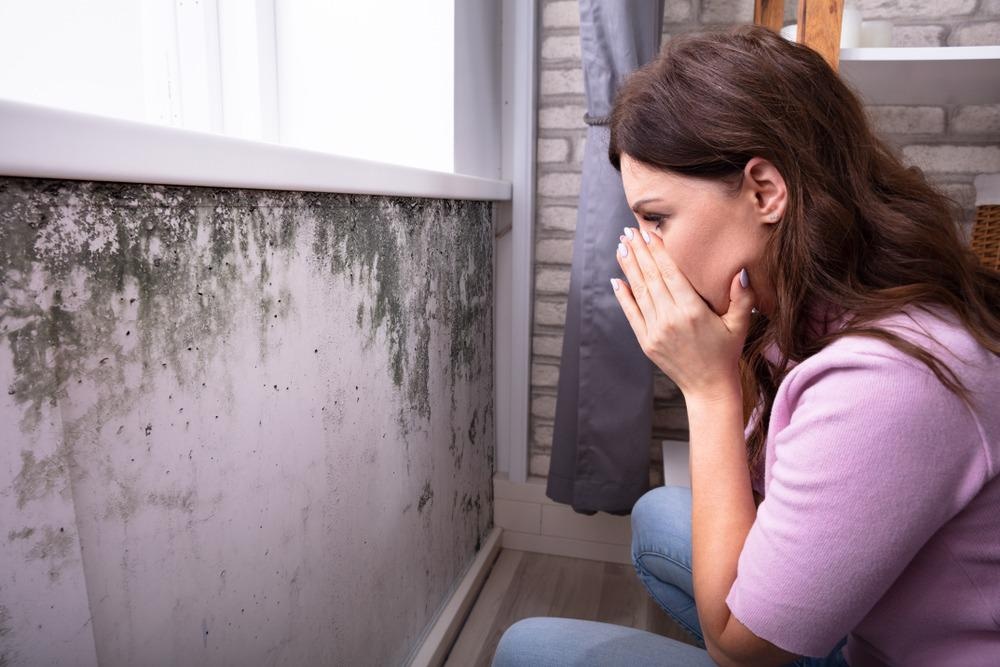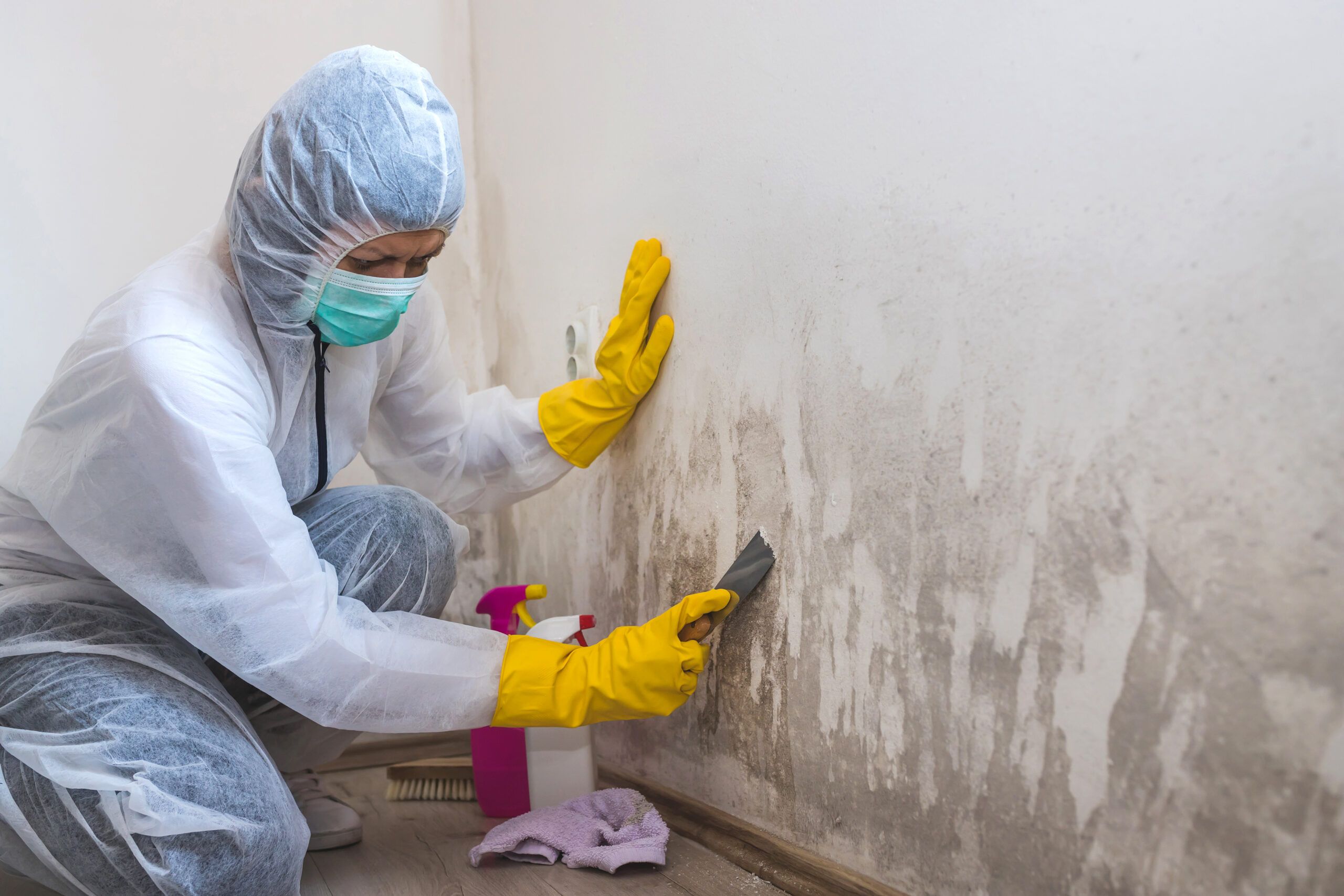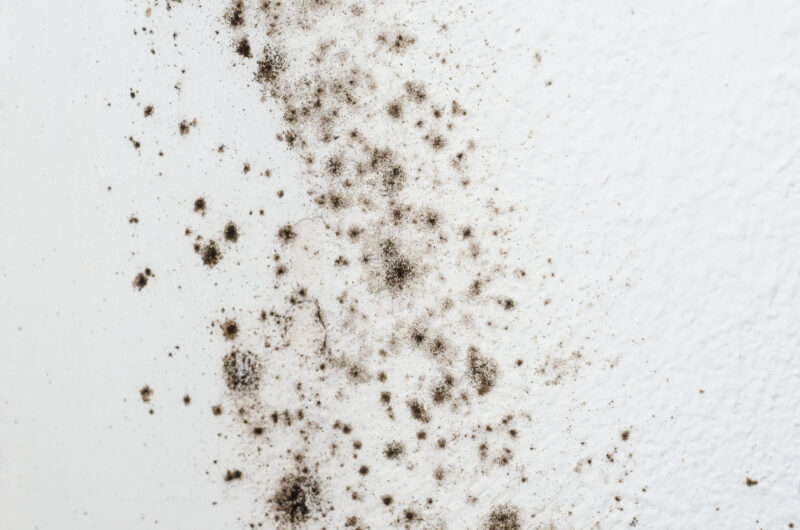Mold is a common household problem that can lead to health issues if not addressed promptly. Identifying and removing mold in your house is essential to maintaining a safe and healthy living environment for you and your family.
From musty odors to visible spots on walls, ceilings, or even furniture, mold can manifest in various ways in your home. Dealing with mold requires a combination of prevention, identification, and remediation strategies to effectively eliminate it and prevent its return.
By understanding the signs of mold growth and taking proactive steps to address it, you can ensure a clean and mold-free home for years to come. In this article, we will explore how to identify and remove mold in your house, helping you protect your health and well-being.
Signs of Mold Growth in Your Home
:max_bytes(150000):strip_icc()/GettyImages-912933178-8b4aca627d3d4a63be08a2e68c158b11.jpg)
As a homeowner, it is important to be vigilant for signs of mold growth in your home. Mold can sometimes be difficult to spot, but there are common indicators to look out for.
One of the first signs of mold growth is a musty odor in certain areas of your house. This smell is often a clear indication that mold is present and should not be ignored.
Another sign to watch for is visible mold growth on walls, ceilings, or other surfaces. Mold can appear in various colors such as black, green, or even white.
Additionally, water stains or discoloration on walls or ceilings can also be a sign of mold growth. If you notice any of these signs in your home, it is crucial to take action promptly to identify and remove the mold to prevent further damage and potential health risks.
Where to Look for Mold in Your House

When trying to locate mold in your house, its important to check all the common areas where mold tends to thrive. Start with the bathroom, as the warm and humid environment provides the perfect conditions for mold growth.
Check under sinks, around tubs and showers, and behind toilets. Kitchen areas, such as under the sink, around the refrigerator, and near any water sources, also need to be thoroughly inspected.
Dont forget to look in the basement and attic, as these areas are often damp and poorly ventilated, making them prime breeding grounds for mold. Additionally, check any areas where water damage has occurred, such as around windows or leaking pipes.
By being thorough in your search, you can identify and remove mold before it becomes a bigger issue.
Safe Ways to Remove Mold from Your Home

When it comes to safely removing mold from your home, there are several effective methods to consider. First and foremost, it is important to address any underlying moisture issues that may be contributing to the mold growth.
This could involve fixing leaks, improving ventilation, or using a dehumidifier to reduce humidity levels in your home. Once the source of moisture is addressed, you can begin the process of removing the mold itself.
One safe and effective method is to use a mixture of water and detergent to scrub the affected area. For tougher mold stains, a solution of bleach and water can be effective, but be sure to use it in a well-ventilated area and wear protective gear.
Additionally, you can try natural remedies such as vinegar or hydrogen peroxide to kill mold spores. It is important to always follow safety precautions when removing mold, such as wearing gloves, a mask, and eye protection, and to properly dispose of any contaminated materials.
Conclusion
In conclusion, identifying and removing mold in your house is crucial for maintaining a healthy living environment. By following the steps outlined in this article, such as inspecting for moisture sources, conducting air and surface testing, and seeking professional help when needed, you can effectively address mold issues and prevent potential health risks.
Remember, swift action is key in dealing with mold infestations to protect your home and loved ones. If you need assistance in identifying or removing mold in your house, consider reaching out to Mold Test Tampa for expert guidance and solutions. Stay proactive in maintaining a mold-free home for a safe and comfortable living space.


